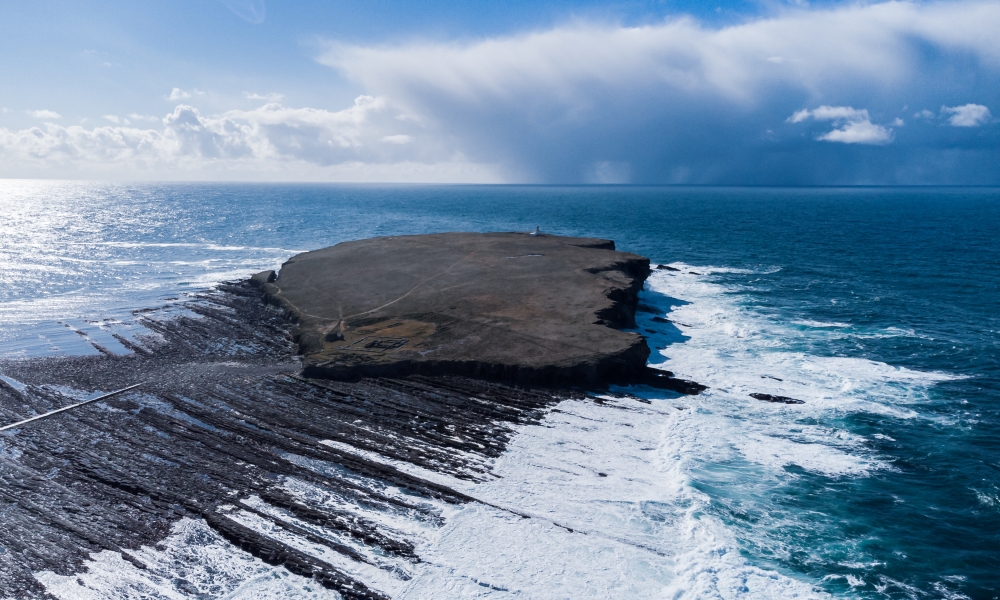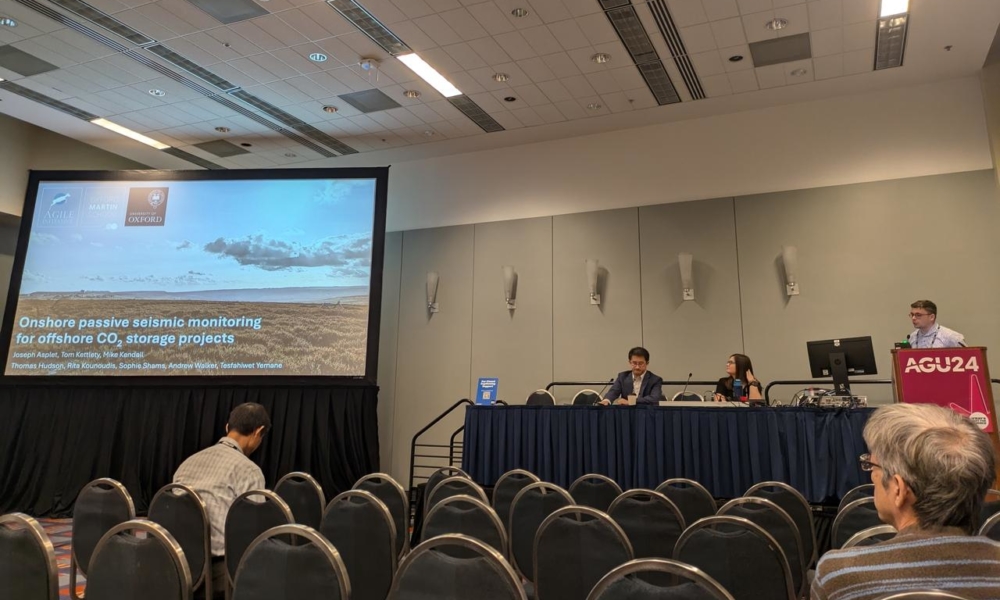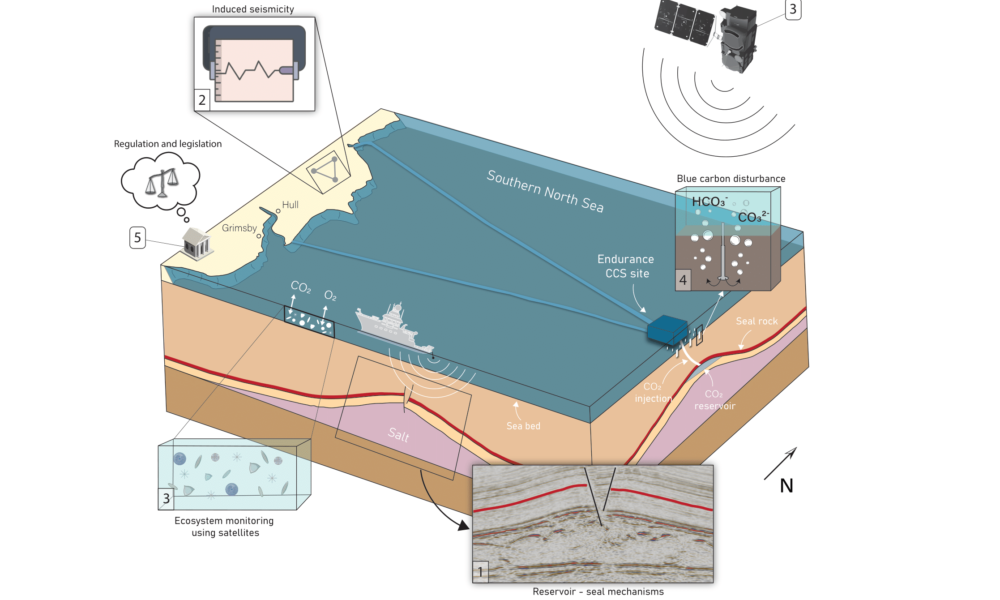What do we need to know to safely store CO2 beneath our shelf seas?
This Sprint ran from April 2023-July 2024
More Sprints
- How can we deliver effective, equitable and place-based environmental governance?
- How can the UK implement the Global Biodiversity Framework’s finance goals?
- Can regenerative agriculture deliver nutritious food and a just food system?

THE CHALLENGES
The UK Government has committed to reach Net Zero by 2050. Carbon capture and storage will play a critical role in delivering the UK’s Net Zero Strategy, drawing down carbon dioxide from the atmosphere or preventing emissions from entering the atmosphere in the first place. One of the primary routes for long-term storage of this captured CO2 is in deep geological sites within the UK’s continental shelf, such as saline aquifers or depleted oil fields.
This is highly ambitious, especially as there is currently no GCS operating in the UK. False starts over the past two decades have led to the UK with less progress than countries such as Canada, USA and Norway. Nevertheless, the UK has suitable geology, the necessary infrastructure and the industrial skills base to achieve the government’s target.
On current trajectories (as of July 2024), the UK cannot meet the Net Zero target unless all sectors move towards Net Zero simultaneously. The government is attempting to kick-start a large-scale carbon capture storage (CCS) and geological carbon storage (GCS) industry. Endurance is one such site in the Southern North Sea, which will begin to store CO2 before 2030.
This Sprint used the Endurance site as a case study and has mapped out what evidence and regulatory gaps need addressing in order to ensure safe offshore GCS. The research assessed the tension between CO2 storage capacity and the risk of leakage or additional carbon loss through disruption of carbon currently stored in the marine ecosystem.
THE SOLUTION
This Sprint looked at three key areas as pivotal to enabling safe GCS deployment in the UK offshore continental shelf: the sub-surface environment, the marine environment, and governance, and embedded recommendations in the report.
- It should be considered how data, interpretations and modelling studies that underpin the storage permit and licence application process can be scrutinised by independent authorities.
- Blue carbon stocks need to be assessed in their full extent, and not, for example, overlooking water column carbon stocks. This quantification can now be done using advancements in satellite-based marine carbon data products.
- The UK Levelling Up and Regeneration Act in 2023 created significant planning uncertainty for developers as it consolidates ministerial power to make final decisions for an infrastructure project like GCS. Legislators may wish to issue a statement of use, clarifying which projects are eligible for special environmental exemptions.
For detailed recommendations in each area, read the full report. For recommendations for policy and regulators, read the policy brief.
THE PATHWAY
The research team comprised of five work packages across Earth Sciences, Biology, Law, and the Smith School for the Environment and Enterprise.
The academic team engaged with key stakeholders, including the North Sea Transition Authority, British Geological Survey, the Crown Estate, BP and CEFAS. This Sprint also engaged with similar activities in other North Sea bordering countries. Collectively, these collaborations developed methodologies to ensure that the storage of CO2 in offshore geologic reservoirs is conducted in a practical and safe manner.
During the Sprint, the team held a workshop, hosting over 50 stakeholders from different industries at the Oxford Martin School in March 2024. To capture the event, the researchers produced a report summarising the content and discussions from the workshop.
What happened next?
The Sprint was formulated in the context of the UK’s target of target of capturing and storing 20–30 million tonnes of carbon per year by 2030. However, in December 2024 the current government concluded this target is not achievable and has not yet updated its goals, which has undermined the UK policy urgency for acting on the Sprint’s recommendations.
The Sprint has published in the International Journal of Greenhouse Gas Control.
























